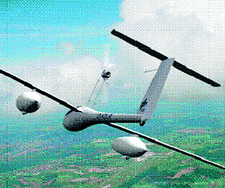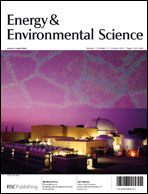Nowadays, new technologies and breakthroughs in the fields of energy efficiency, alternative fuels and added-value electronics are leading to improved, more environmentally sustainable and green thinking applications. Due to the forecasted rapid increase of volume of air traffic, future aircraft generations have to face enhanced requirements concerning productivity, environmental compatibility and higher operational availability, thus effecting technical, operational and economical aspects of in-flight and on-ground power generation systems, even if air transport is responsible for only about 2% of all anthropogenic CO2 emissions. The trend in new aircraft development is toward “more electric” architectures which is characterized by a higher proportion of electrical systems substituting hydraulically or pneumatically driven components, and, as a result, increasing the amount of electrical power. Fuel cell systems in this context represent a promising solution regarding the enhancement of the energy efficiency for both cruise and ground operations. For several years the Institute of Technical Thermodynamics of the German Aerospace Center (Deutsches Zentrum für Luft- und Raumfahrt, DLR) in Stuttgart and Hamburg has developed fuel cell systems for aircraft applications. The activities of DLR focus on: identification of fuel cell applications in aircraft in which the properties of fuel cell systems, namely high electric efficiency, low emissions and silent operation, are capitalized for the aircraft application; design and modeling of possible and advantageous system designs; theoretical and experimental investigations regarding specific aircraft relevant operating conditions; qualification of airworthy fuel cell systems; set up and full scale testing of fuel cell systems for application in research aircraft.
In cooperation with Airbus, several fuel cell applications within the aircraft for both ground and cruise operation have been identified. As a consequence, fuel cell systems capable of supporting or even replacing existing systems have been derived. In this context, the provision of inert gas for the jet fuel (kerosene) tank and electrical cabin power supply, including water regeneration, represent the most promising application fields.
This paper will present the state of development and the evolution discussing the following points: modeling of different system architectures and evaluation of promising fuel cell systems; experimental evaluation of fuel cell systems under relevant conditions (low pressure, vibrations, reformate operation, etc.); fuel cell test in DLR's research aircraft ATRA (A320) including the test of an emergency system based on hydrogen and oxygen with 20 kW of electrical power. The fuel cell system was integrated into an A320 aircraft and tested up to a flight altitude of 25 000 feet under several acceleration and inclination conditions; fuel cell tests in Antares-H2—DLR's new flying test bed.


 Please wait while we load your content...
Please wait while we load your content...